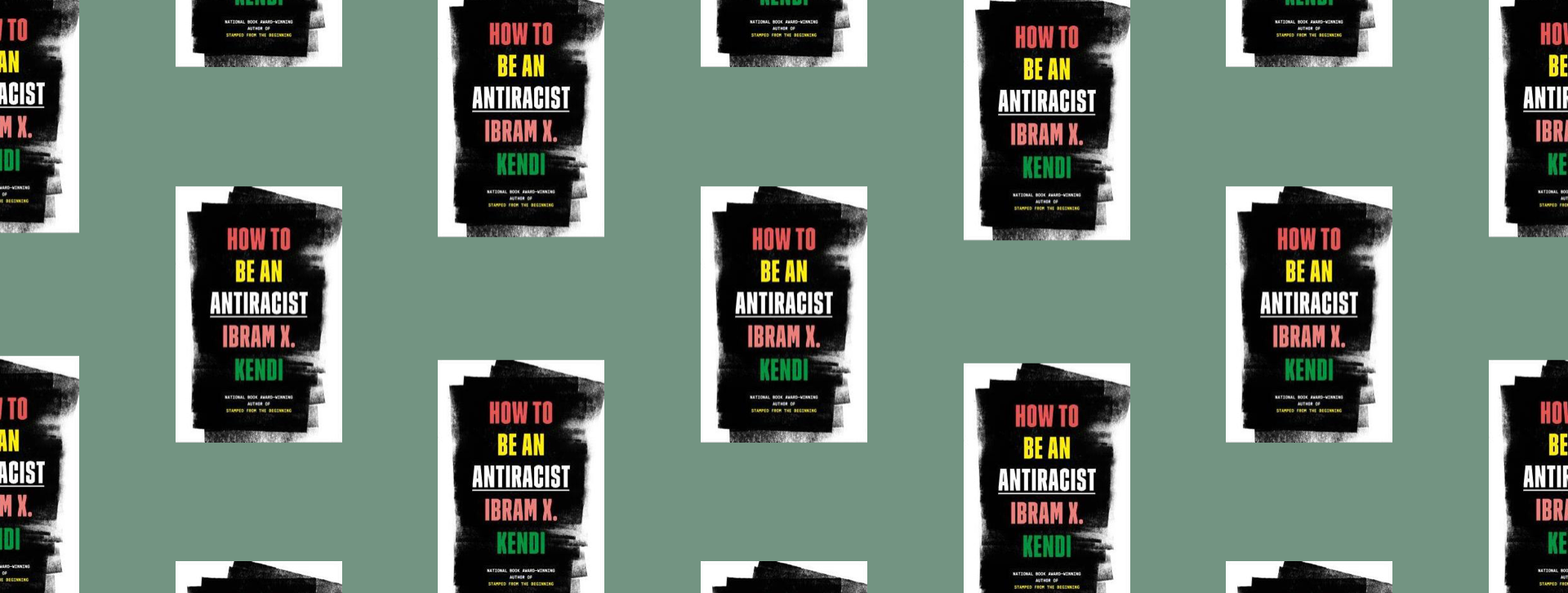How to Be an Antiracist
Ibram X. Kendi's concept of antiracism reenergizes and reshapes the conversation about racial justice in America — but even more fundamentally, points us toward liberating new ways of thinking about ourselves and each other. In How to be an Antiracist, Kendi asks us to think about what an antiracist society might look like, and how we can play an active role in building it.
In this book, Kendi weaves together an electrifying combination of ethics, history, law, and science, bringing it all together with an engaging personal narrative of his own awakening to antiracism. How to Be an Antiracist is an essential work for anyone who wants to go beyond an awareness of racism to the next step: contributing to the formation of a truly just and equitable society.
Author: Ibram X. Kendi | Publisher: One World
Goodreads | IndieBound (buy local!) | Amazon | Barnes & Noble
How to Be an Antiracist is a frank, straightforward, clarifying, no-holds-barred book about racism — more so than almost any other book like this I’ve read in the past. As a white person who has quite a bit of privilege, I’m not going to give this one a star rating, but the fact of the matter is that I enjoyed reading it, I’m glad I did, and I think others should, too.
The premise of the book is that there is no such thing as “not racist.” There is racism and antiracism; you are either promoting racist ideas and policies, or you are promoting antiracist ideas and policies. To attempt to remain neutral will be inherently racist.
Kendi also provides helpful, clear, blunt definitions of the terms he uses, which is what truly makes the book so clarifying. He starts with definitions of racism and antiracism, and then moves on to context about what it means to be segregationist, assimilationist, and then antiracist. Each chapter then looks bluntly at a different facet of racism, like gender racism, socioeconomic racism, etc. But the sections also build on one another in a way that really demonstrates how complex and intersectional racism can be. He posits that any type of group-based assumption or opinion is inherently racist, because antiracists consider only the individual. He also (rightly) places a great deal of emphasis on policy change.
I really appreciated the way Kendi wove his own experiences being racist (in his words), and his journey to systematically strip himself of all his own viewpoints that were well intentioned, but which he now sees as ultimately misguided. Although it is certainly not Kendi’s responsibility to make the reader feel more comfortable, this format really invites the reader in and gives them the space and courage to examine their own beliefs critically.
Personally, I work in an industry that fights intersectional sexism and patriarchy, and so this book was helpful to me as a way to examine my thoughts and actions regarding not only racism, but also other types of prejudice. I will be thinking about his blunt assessment of my own attitudes for a long time. And I will think about his position on how to affect meaningful change every day.


